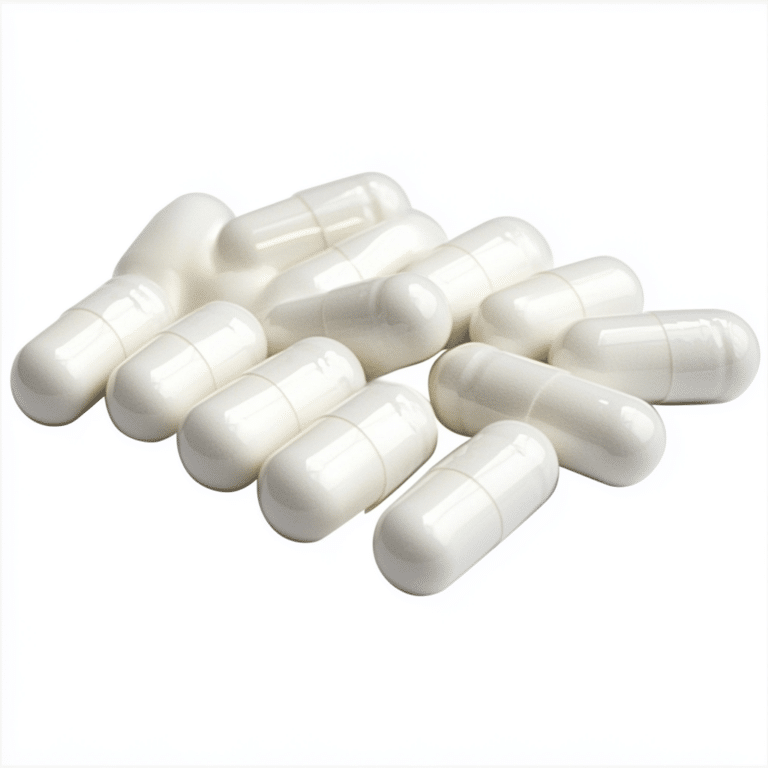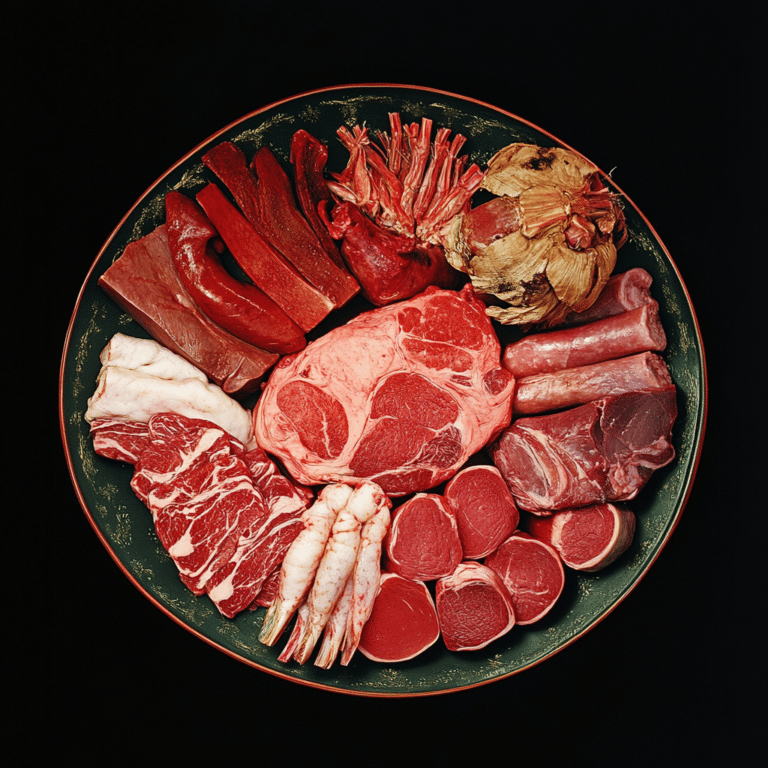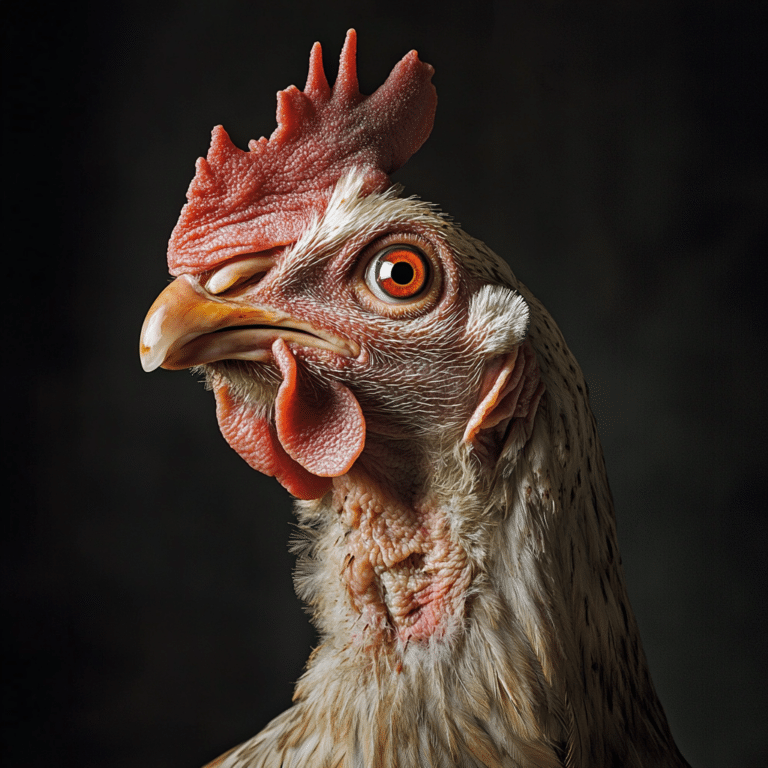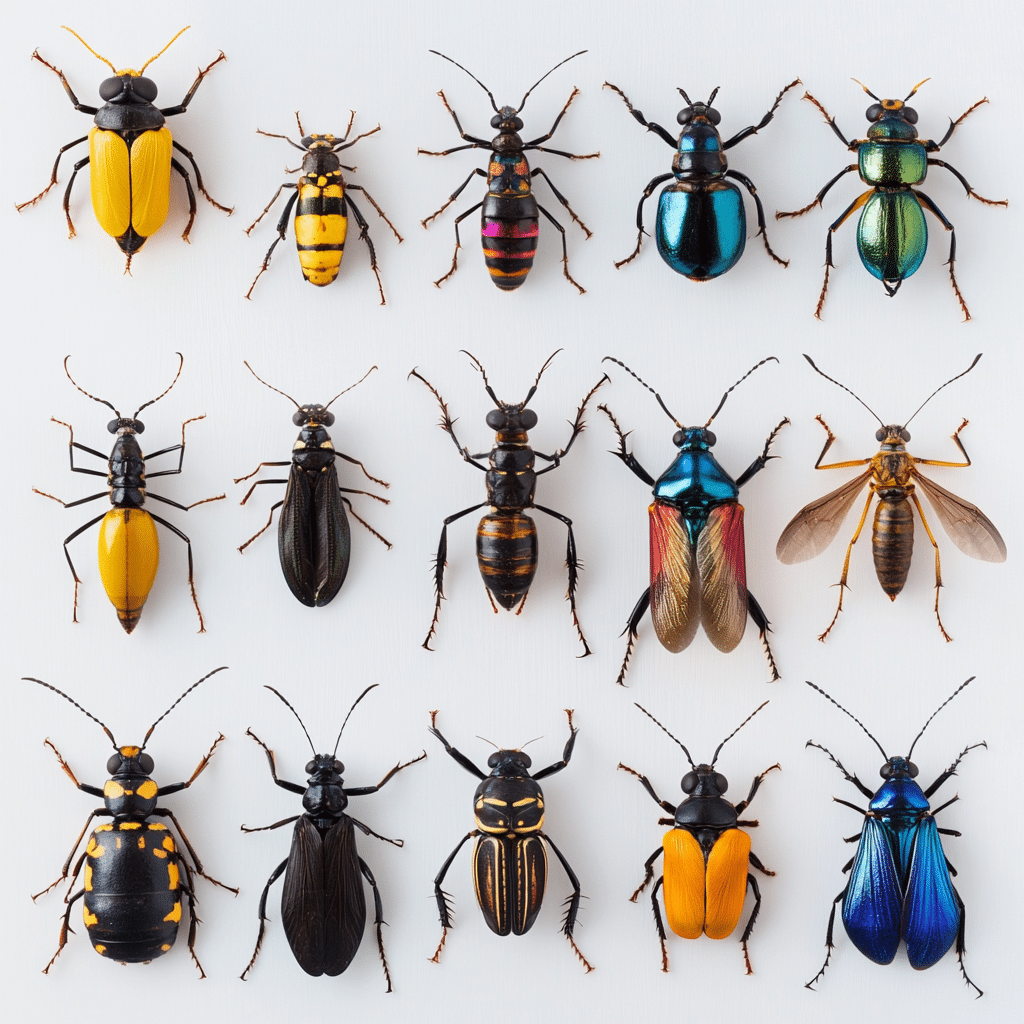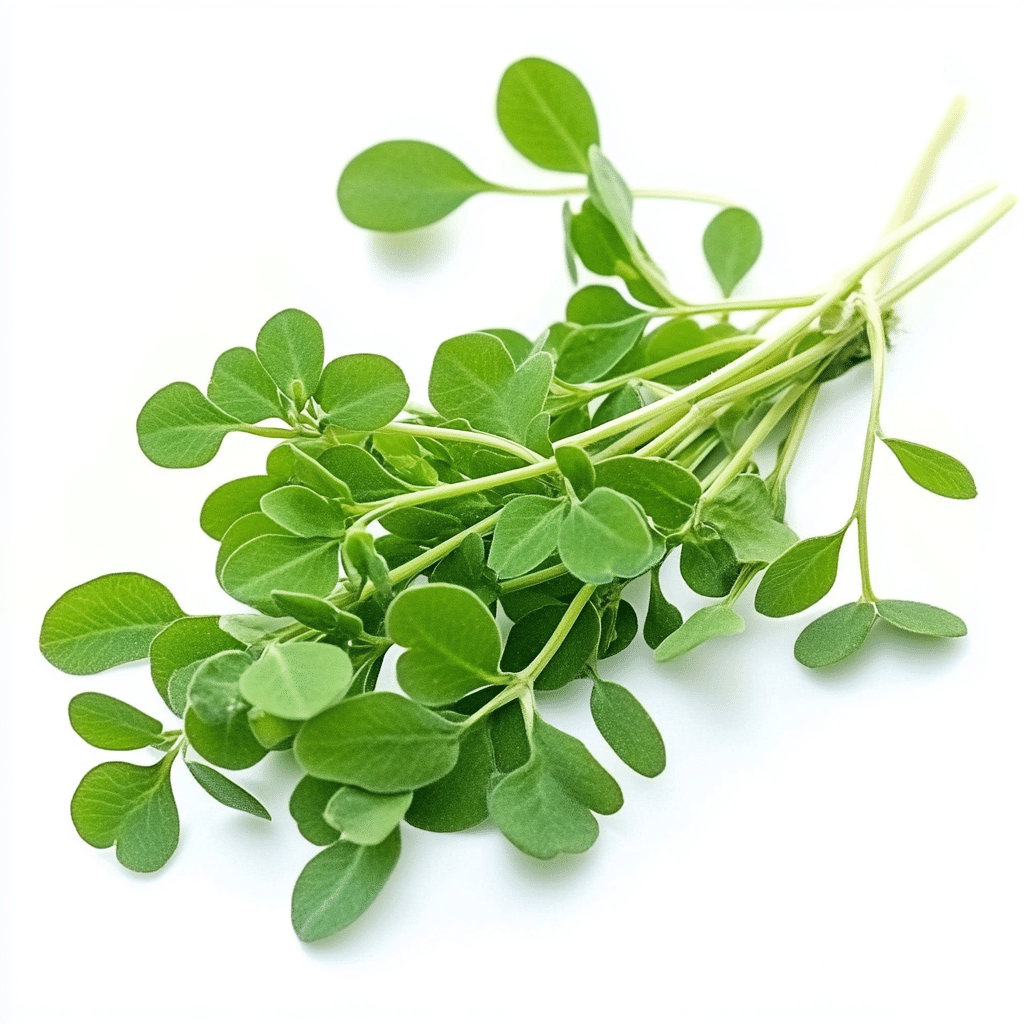Alright, muscle warriors and fitness enthusiasts! Just like you wouldn’t step into the gym without a solid game plan, tackling pests in your home requires the same level of preparation. Mouse poop can be a red flag of an infestation, and knowing how to identify it is essential for taking action. Think of this guide as your personal trainer for pest control; it’ll get you pumped up and ready to tackle mouse poop head-on, ensuring your home stays fit and healthy!
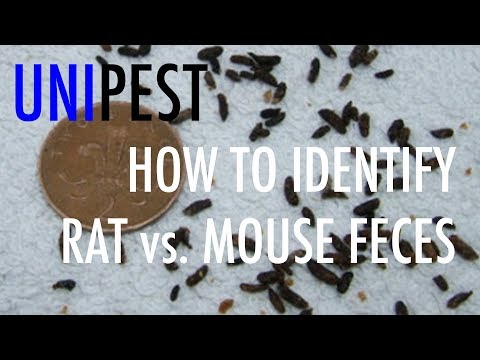
Understanding Mouse Poop: Key Indicators for Homeowners
Mouse poop isn’t just unsightly; it’s a signal that tiny intruders have invaded your space. Identifying the droppings correctly is crucial for effective pest control. Once you eye that mouse poop, your mission is to kick those little visitors to the curb! This guide will help you master the art of mouse poop identification so you can take the right steps for your household’s well-being.
Remember, recognizing mouse poop is like building muscle—early action leads to greater results. You’ll gain the knowledge to understand the characteristics of mouse droppings and discover what you should do upon finding them. The longer you let an infestation linger, the tougher it’ll be to eliminate. So, let’s dive in!
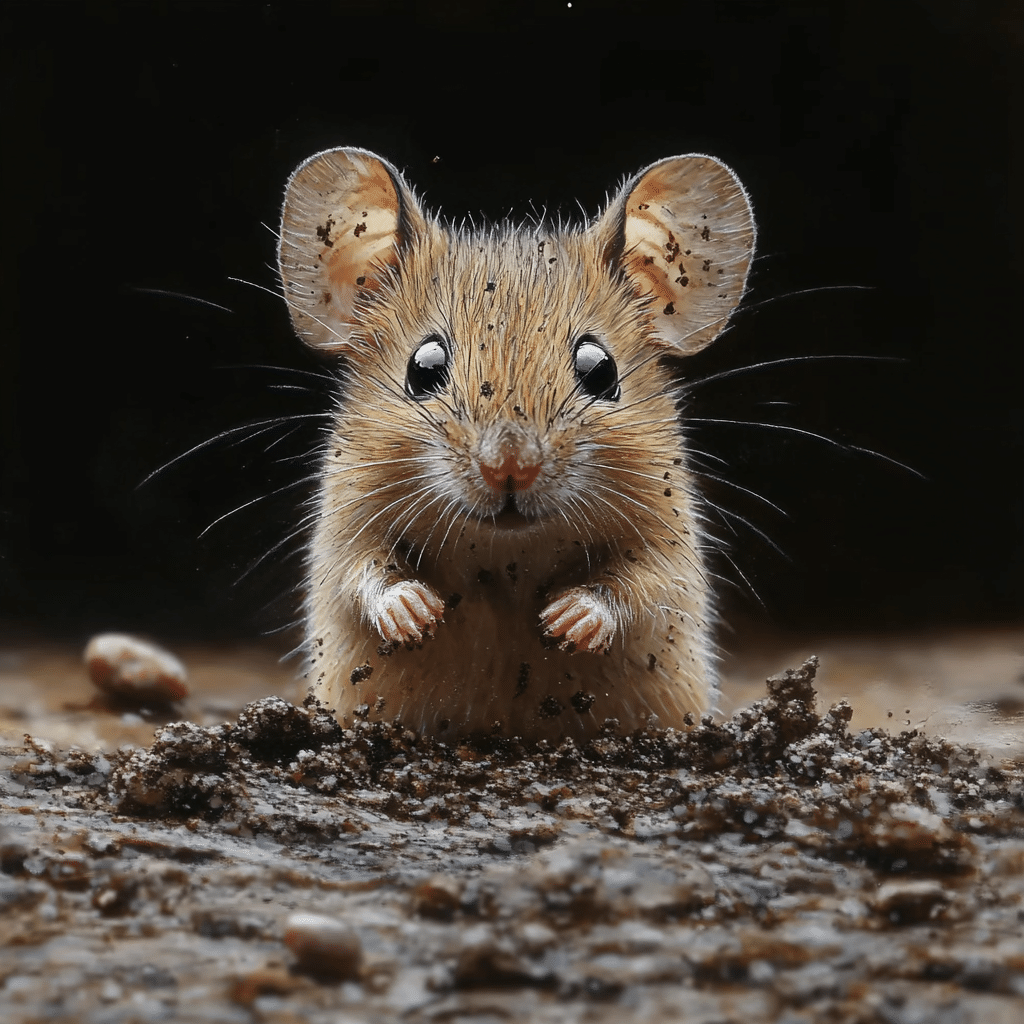
Top 7 Mouse Poop Characteristics to Identify Infestations
When it comes to mouse droppings, a few identifiable features can help you determine if you’re facing an infestation. Keep your eyes peeled for these seven characteristics of mouse poop:
Mouse poop usually measures about 1/8 to 1/4 inches in length—think of it as little black grains of rice. Recognizing this size is crucial, as it allows you to quickly differentiate mouse droppings from those of larger pests, like rats or cockroaches. Remember: one mouse can produce 50 to 75 droppings in just one day, so check for these little telltale signs!
Fresh mouse poop is smooth and somewhat cylindrical. When dried, it may lighten in color to shades of brown or gray and become more brittle. Understanding these changes will help gauge how recent the infestation is. If you spot fresh droppings, it’s time to act!
Fresh mouse droppings are often shiny and jet black, but as they age, they fade to a dull brown or gray. This knowledge can help you estimate how long the mice have been around. Freshness holds the key to urgency!
Finding mouse poop in food storage areas like kitchens or pantries spells bad news. Also, be alert for droppings near entry points or nesting sites—like behind appliances or in cluttered areas. You can bet that if you see mouse poop, there’s an active den nearby.
Be on the lookout for an ammonia-like smell accompanying mouse droppings. This odor often intensifies with larger infestations. Knowing this can help you take quick action to address the source of the problem.
Compare mouse poop with droppings from other rodents. For instance, rat droppings are larger (about ½ to ¾ inches) and possess blunter ends. This comparison can help rule out other pests and tailor your response design.
If you spot droppings along with yellow stains, you’re likely facing a mouse problem. The combo of poop and urine indicates an active infestation. Don’t ignore that and take immediate action!
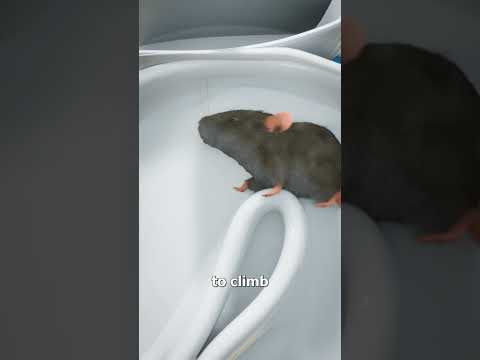
Health Risks Associated with Mouse Poop
Identifying mouse poop isn’t just crucial for pest control; it’s a matter of health safety. Mouse droppings can carry a host of diseases, notably hantavirus and leptospirosis. Here’s what you need to know:
Stay informed, as avoiding exposure to these contaminated droppings is your best form of defense. It’s like preparing for a big lift at the gym; you wouldn’t skimp on safety!
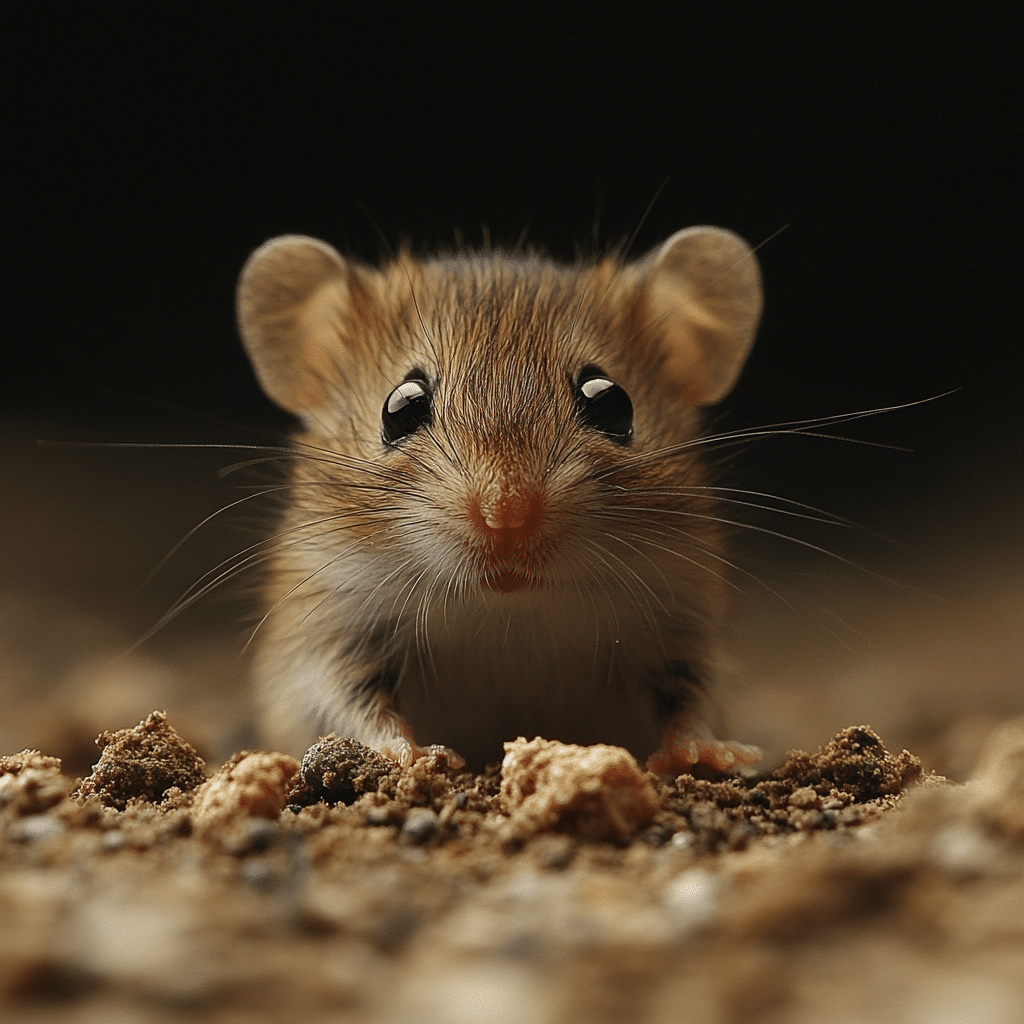
Preventing and Managing Mouse Infestations
Once you’ve identified mouse poop, it’s time to roll up your sleeves and prevent further issues. Here’s your action plan:
Mice can squeeze through tiny cracks. Seal any gaps in walls, around pipes, windows, and doors to keep them out. Prevention is your first line of defense!
Regular cleaning, especially in food prep areas, helps eliminate food sources that attract mice. Use sealed containers for food storage—keep that gym mentality when it comes to your kitchen!
Some homeowners have found success with natural repellents, like peppermint essential oil, or ultrasonic devices. A little creativity can go a long way in crafting a mouse-resistant zone.
If you encounter a serious infestation, consider professional pest control options. Companies like Terminix or Orkin specialize in effective, long-lasting solutions tailored to your needs.
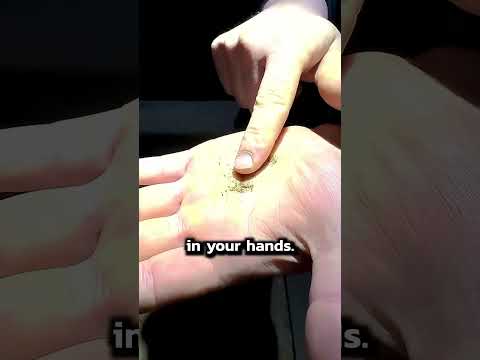
Innovative Wrap-Up
Identifying mouse poop is a critical step for any homeowner aiming to maintain a clean and healthy living space. By familiarizing yourself with the signs of an infestation and understanding the associated health risks, you can take effective, proactive measures. Keep in mind that awareness stands as your first line of defense; as much like in fitness, prevention is always more effective than trying to repair damage later.
Stay sharp, utilize the insights shared in this guide, and ensure that your home remains a safe and inviting haven. Just like you push through that last rep in the gym, you can overcome that mouse problem!
In addition, if you’re looking for motivation beyond pest control, check out our exclusive articles like mushroom Supplements and the journey of Oliver Stark for inspiration.
And remember, always stay informed about factors that affect your home. You might find insights like mortgage rate Predictions 2024 useful, or explore help options such as hotel Vouchers For homeless near me. No matter what challenges come your way, you’re equipped with the knowledge to handle mouse poop and beyond!
Mouse Poop Identification Guide for Homeowners
The Lowdown on Mouse Poop
When it comes to identifying mouse poop, knowing what you’re dealing with is the first step in tackling an infestation. Did you know that mouse droppings come in different shapes and sizes? Generally, fresh mouse poop is dark, glossy, and about the size of a grain of rice, but it can range from a half-inch to a whole inch depending on the species. Interestingly, you might hear homeowners refer to it in more graphic terms, akin to a horror-themed thriller like Read Lady devil. Just imagine your home plagued by those sneaky little critters!
While we’re on the subject of curious facts, it’s worth noting that a single female mouse can produce up to 150 droppings in just 24 hours. That’s an alarming amount—like a property tax bill that just keeps rolling in, just like the question, Is real estate tax The same as property tax?—no homeowner wants to keep track of all those little nuisances! Plus, disease risks associated with mouse poop can be serious, making proper identification crucial for anyone living in a house that’s hosted a rodent.
Why Shapes Matter
Now, figuring out which rodent you’re dealing with is easier when you examine the droppings closely. For instance, if what you find looks somewhat like a tiny, pointed oval, you’ve likely spotted a mouse’s gift. But if you come across elongated pellets, you might be dealing with a rat. A fun fact here is that mouse poop can only survive outside for about a week! In contrast, the droppings of a rat hang around longer—kind of like a bad house guest who just won’t leave, much like someone who’s obsessed with celebs like Grace Harry who always seems to pop up everywhere!
Additionally, it’s worth noting that mouse droppings often include undigested food, meaning you might find bits of seeds or grains. Keeping a watchful eye on your pantry can help you preempt unwanted guests. Investing in preventive measures can save you quite a bit—like how homeowners might ponder property taxes but forget to factor in pest control! So, keep your eyes peeled when doing your regular checks around the house, and who knows? You might just spark a deeper interest in home protection and upkeep—the kind that Chiseled Magazine loves to champion.
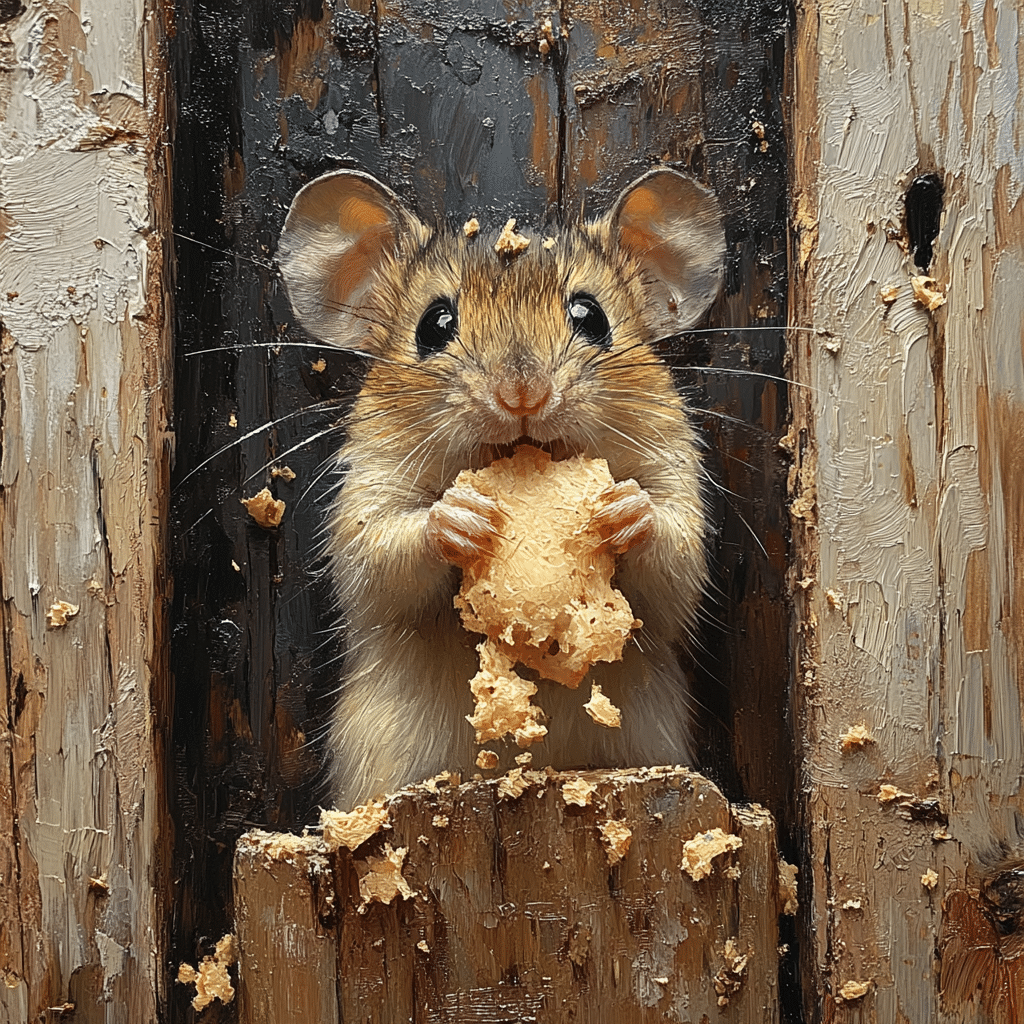
How do you identify mouse poop?
Mouse poop looks like tiny pellets about ⅛ to ¼ inch long, shaped like rice, usually dark brown and narrowed at one or both ends. They tend to be a bit squishy when fresh but harden and lighten in color as they age.
Are mouse droppings harmful?
Yes, mouse droppings can be harmful because they may carry diseases like hantavirus. If you come into contact with them or areas where they’ve been, it’s crucial to wash your hands and avoid touching your face until you’re cleaned up.
What could be mistaken for mouse poop?
Mouse droppings can be confused with those of rats, bats, or even roaches. Rat droppings are larger and pointier at both ends, while bat droppings are more like small pellets and may have a shiny appearance.
What does it mean when you see mouse droppings but no mouse?
Seeing mouse droppings usually means there’s an active mouse den nearby, so even if you don’t see a mouse, they’re likely living close by. It’s a good idea to investigate and address the issue before it gets worse.
What smell do mice hate?
Mice dislike the smell of peppermint, cayenne pepper, and vinegar. Spraying areas with these scents or placing cotton balls soaked in peppermint oil can help keep them at bay.
How to get rid of mice quickly?
To get rid of mice quickly, set traps or use bait stations specifically designed for rodents. Make sure to seal up entry points and remove food sources that might be attracting them.
What to do after seeing mouse droppings?
After spotting mouse droppings, it’s best to clean the area carefully. Always wear gloves and a mask, then use disinfectant to wipe down surfaces, disposing of droppings safely without sweeping or vacuuming them.
What are the first signs of hantavirus?
Early signs of hantavirus infection include fever, muscle aches, fatigue, and sometimes chills or abdominal pain. If you suspect you’ve been exposed, seek medical attention immediately.
What attracts mice to your home?
Mice are attracted to food, especially grains, fruits, and anything that’s easy to access like leftover crumbs or garbage. Clutter and warm, dark places also make your home appealing to them.
Do mouse droppings attract more mice?
Yes, mouse droppings can attract more mice. Other mice might smell the droppings and be drawn to the area, thinking it’s a safe environment with plenty of food or shelter.
Where do mice hide during the day?
During the day, mice typically hide in dark, cozy spaces like behind walls, in attics, basements, or underneath furniture. They prefer locations where they feel safe from predators.
Why do I have mice in my house all of a sudden?
You might suddenly have mice in your house due to seasonal changes, food scarcity outside, or if nearby homes or buildings are being demolished or renovated, pushing them into new areas.
Why not vacuum mouse droppings?
Vacuuming mouse droppings isn’t recommended because it can spread harmful particles into the air. Instead, carefully wipe or dispose of them using gloves and disinfectant to prevent inhalation.
What can you use to keep mice away?
To keep mice away, consider using peppermint oil, sealing up holes, keeping food stored securely, and maintaining a clean environment. Traps can also be effective in deterring them.
How much does a mouse exterminator cost?
The cost of a mouse exterminator can vary widely, typically ranging from $100 to $300, depending on the severity of the infestation and the services provided.
Do mice leave droppings everywhere they go?
Mice tend to leave droppings everywhere they travel, especially along their pathways or in areas where they find food. So, if you spot droppings, they’ve probably been around.
How can you tell the difference between mouse poop and bat poop?
Mouse poop is skinny and pointy, while bat poop often looks like small, shiny pellets. Bat droppings can also contain bits of insect parts, distinguishing them from mouse droppings.
What does mouse poop look like close up?
Close up, mouse poop looks like tiny, dark grains of rice, often slightly bulging in the middle. Fresh droppings have a moist sheen while older ones become dry and faded.
What looks like mouse poop but brown?
Something that looks like mouse poop but brown could be from a different animal or even insect droppings. Always check the size and shape to identify the source correctly.



